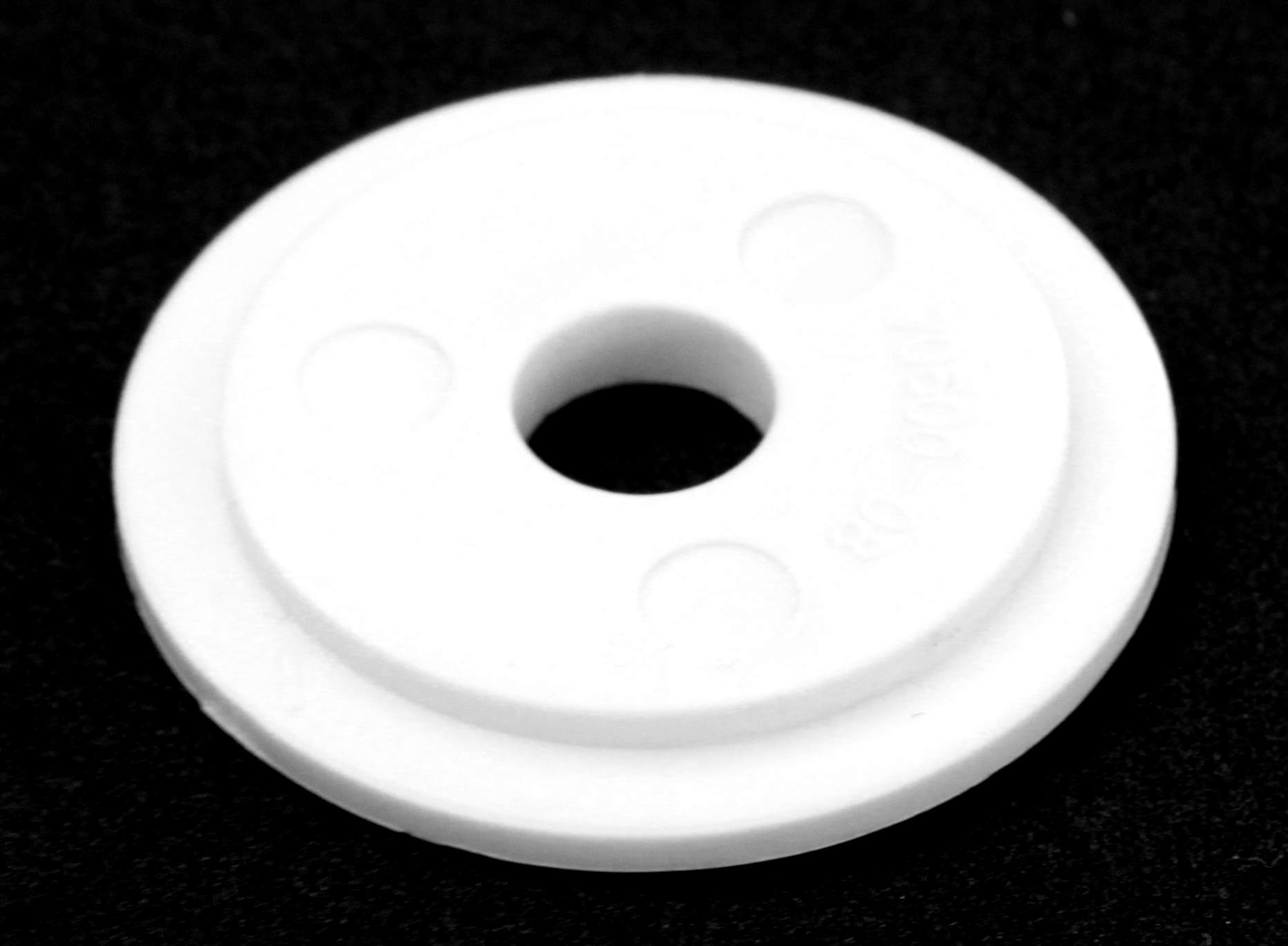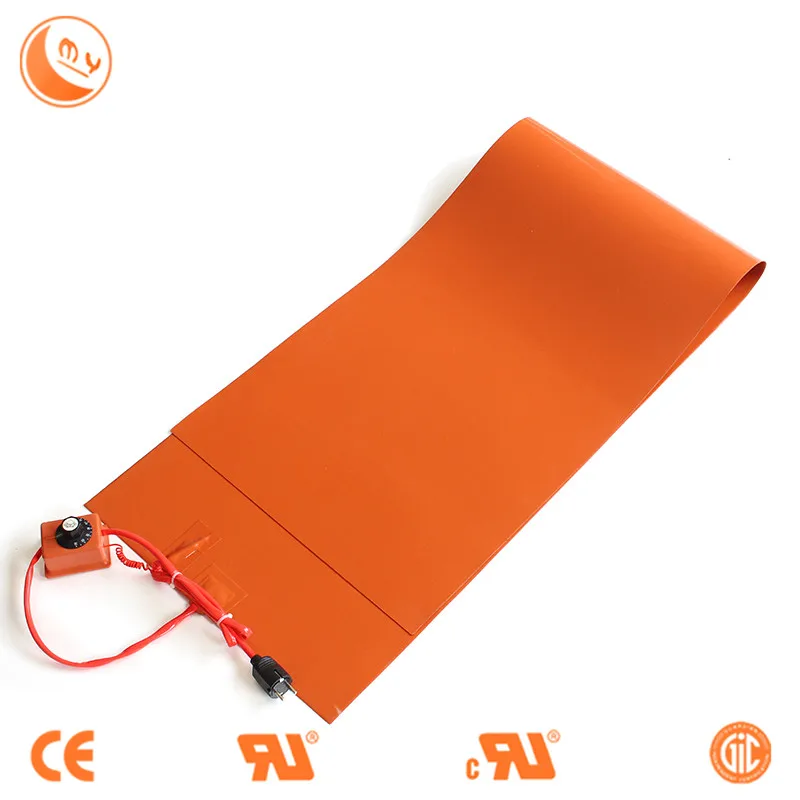Active Solar Heating Department of Energy
Table Of Content

An outdoor-type panel collects air from inside your home, circulates it through a flat, heat-gathering panel that's mounted outside facing the sun, then returns the heated air to your house. Two 4-inch holes are required for the inflow and outflow ducts, and a small fan helps move air through the circulation chambers in the panel. A window-mounted unit doesn’t require any retrofitting or holes cut into exterior walls; it fits inside a standard window opening.
Installing and Maintaining Your Solar Heating System
In a radiant floor system, solar-heated liquid circulates through pipes embedded in a thin concrete slab floor, which then radiates heat to the room. Radiant floor heating is ideal for liquid solar systems because it performs well at relatively low temperatures. A carefully designed system may not need a separate heat storage tank, although most systems include them for temperature control. A conventional boiler or even a standard domestic water heater can supply back-up heat.
How Wind Turbines are Helping to Solve the Global Energy Crisis
These are usually connected to flat plate collectors, similar to a solar hot water heating system. The baseboards or radiators have a larger surface area than conventional electric heaters so they can hold more heat. Most homeowners choose to connect them to a backup heat source for colder weather. There are several ways to use solar heating, including water, pool, floorboards, and air.

Operational Costs
A liquid heating system is converted into a forced-air heating system by placing a heating coil (liquid-to-air heat exchanger) in the air-return duct of a room. As air is pulled into the duct from a room, it heats up from the solar-heated liquid in the heat exchanger. In a radiant floor heating system, the heated liquid moves through a system of pipes that are embedded in a thin concrete floor. The solar-heated liquid from the pipes then radiates heat into each of the rooms.

Solar Heating Technology
The heating coil must be large enough to transfer the required amount of heat to the room, even at the lowest operating temperature of the collector. Liquid solar thermal energy systems work the best for central heating in homes. Two solar heating methods will work to heat your home – passive solar heating and active solar heating.
Solar water heating
Consumers enter into agreements that allow them to have lower electricity bills without monthly loan payments. Solar leases entail fixed monthly payments that are calculated using the estimated amount of electricity the system will produce. With a solar PPA, consumers agree to purchase the power generated by the system at a set price per kilowatt-hour of electricity produced. With both of these options, though, you are not entitled to tax benefits since you don’t own the solar energy system.
Liquid systems store solar heat in tanks of water or in the masonry mass of a radiant slab system. In tank type storage systems, heat from the working fluid transfers to a distribution fluid in a heat exchanger exterior to or within the tank. Want to learn the difference between an active and passive solar heater? How much does it cost to install and what are the annual maintenance costs? Retrofitting your existing floors with a subfloor heating system can be pretty intrusive since it requires ripping out your existing floors and subfloors and replacing them with new concrete slab flooring.
Benefits and Drawbacks of Solar Air Heaters
Construction materials such as stones, bricks, ceramic tiles, and concrete have higher thermal mass. These materials can absorb heat energy and retain it for later release. This means when the sun goes down and is no more providing warmth, these materials radiate the heat stored in them. After you take the time to get the estimates, price out solar equipment, and check for incentives, it’s time to decide if the system is worth it for you.
Ways To Use Home Solar – Forbes Home - Forbes
Ways To Use Home Solar – Forbes Home.
Posted: Wed, 06 Sep 2023 07:00:00 GMT [source]
In the United States the average cost of a solar installation ranges from $3,500 to $6,000. The average savings from a utility bill is about $280 for a family of four, according to Energy Star. An average installation cost—the median of the expected range—is $4,750. Subtracting the 30% federal tax credit—which amounts to $1425—drops the overall cost to $3,325. It’s important that you subtract the money that you’ll get from any incentives before deciding on the real benefit of a solar heating system.
Your local electric utility would be a good place to source information on net metering in your service area. Since 2008, hundreds of thousands of solar panels have popped up across the country as an increasing number of Americans choose to power their daily lives with the sun’s energy. Thanks in part to Solar Energy Technologies Office (SETO) investments, the cost of going solar goes down every year. You may be considering the option of adding a solar energy system to your home’s roof or finding another way to harness the sun’s energy. While there’s no one-size-fits-all solar solution, here are some resources that can help you figure out what’s best for you.
SEIA Residential Lease Disclosure Form – This form for solar energy leasing companies will help consumers better understand the terms and costs of their solar leases. The form is also designed to help consumers choose among competitive providers. Building-integrated photovoltaics, or BIPV, allows homeowners to alter the appearance of their solar panels so they match their surroundings. SETO has funded projects that commercialized technology enabling homeowners to add a graphical layer to their solar panels so they blend in with the roof.
Solar radiation heats the plate that, in turn, heats the air in the collector. An electric fan or blower pulls air from the room through the collector, and blows it back into the room. Roof-mounted collectors require ducts to carry air between the room and the collector. Wall-mounted collectors are placed directly on a south-facing wall, and holes are cut through the wall for the collector air inlet and outlets.
Solar water heaters are also more energy-efficient, resulting in more savings. Department of Energy (DOE), homeowners can save 50%–80% on their water heating bill on average by switching to a solar water heater. To heat a room effectively, hot-water baseboards or radiators require the water temperature to be between 160° and 180°F (71° to 82°C). As flat plate collectors can heat the liquid between 90° and 120°F (32° and 49°C), a backup heating system (or evacuated tube collectors) is used to increase the temperature of the solar-heated liquid. A solar water heating system is integrated with a forced-air heating system by placing a heat exchanger in the air-return duct of the room.
The size, shape, and slope of your roof are also important factors to consider. Typically, solar panels perform best on south-facing roofs with a slope between 15 and 40 degrees, though other roofs may be suitable too. You should also consider the age of your roof and how long until it will need replacement. The heating coil needs to be large enough to transfer an adequate amount of heat even when the collector is functioning at its lowest operating temperature.
Comments
Post a Comment